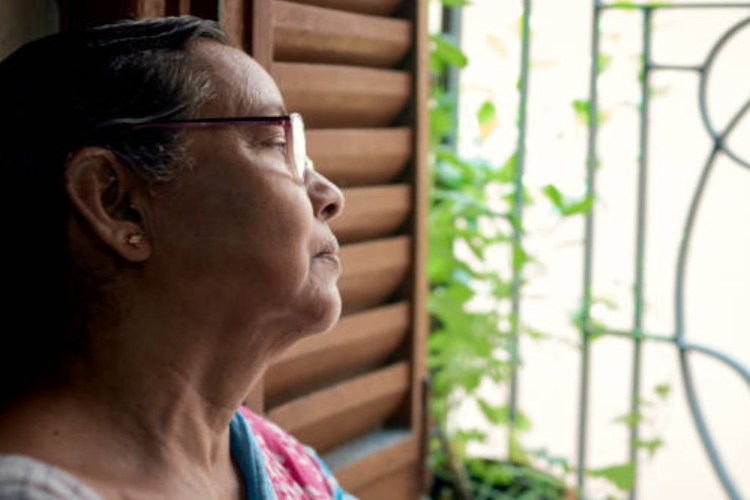India’s ageing crisis: India is on the cusp of a profound demographic transition. Life expectancy has risen sharply, and the share of older adults is expanding at an unprecedented pace. The India Ageing Report 2023 projects that by 2050, nearly one in five Indians will be aged 60 or above. The National Commission on Population estimates that by 2031, India will have 193 million elderly citizens. This shift demands urgent investment in elder care, healthcare, and age-friendly infrastructure that views older adults not as dependents, but as contributors to society.
The concepts of “active ageing” and “productive ageing” underline the challenge. Active ageing includes health, participation, and security, while productive ageing focuses on continued economic and social contribution. Together, they point to a need for policies that extend well-being and engagement throughout later life.
READ | India-China relations may trump mirage of US alliance
The gendered face of ageing
India’s demographic shift has a deeply gendered dimension. Women, who live longer than men, form the majority of the ageing population. Yet they remain undercounted in economic metrics and overlooked in policy frameworks. Social roles, low visibility in the workforce, and limited access to social protection compound their vulnerability.
Without corrective policies, the increasing longevity of women will magnify existing inequities. Longer lives risk being marked not by dignity and independence, but by poverty and dependence. To prepare for the future, policymakers must first confront the inequities women face today.
Health inequities among older women
Health gaps are stark. Older women are more likely than men to suffer visual impairment, often untreated due to financial and access barriers. They face higher risks of undernutrition, chronic illness, and exclusion from welfare schemes tied to formal employment. The WHO Report on Women, Ageing and Health (2007) noted that women carry heavier burdens of heart disease, cancers, osteoporosis, and mental illness. Many of these conditions are underdiagnosed and poorly treated, reflecting systemic gender bias.
The cost is not just personal but societal: higher healthcare bills, lower productivity, and greater dependency. These pressures weigh heavily on households and public health budgets alike.
Education, employment, and opportunities
The roots of disadvantage begin early. Female literacy remains low—just 64.6% as per the 2011 Census—and dropout rates at the secondary level are high at 17.8%. As a result, women are under-represented in higher education and technical fields such as engineering, where their ratio is only 40 per 100 men. Limited access to education narrows their chances for secure, better-paying jobs, with consequences that extend into old age.
The economic penalty is visible in wages. The Global Gender Gap Report 2025 shows men earn 82% of total labour income in India, while women earn only 18%. Among the self-employed, men earn nearly three times more. An ILO report (2024) found that 82% of working women are employed in the informal sector—domestic work, waste-picking, construction, or street vending—where incomes are low and protections scarce.
Pension exclusion and property rights
For millions of women who work informally or provide unpaid care, existing social protection schemes are out of reach. The Indira Gandhi National Old Age Pension Scheme excludes those without formal employment records. This leaves many older women with little financial security.
The problem is worsened by weak property rights. Ongoing deliberations in the Supreme Court on Section 14 of the Hindu Succession Act, 1956, which concerns women’s full ownership of inherited property, highlight the fragility of women’s economic position. Without enforceable rights and reliable incomes, older women risk a lifetime of economic dependency and social deprivation.
Ageing crisis: Lessons from global models
International examples show how ageing policies can be made gender-responsive. Argentina recognises unpaid caregiving as a contribution qualifying women for retirement. African countries have acknowledged the role of grandmothers in community care, especially in the context of HIV/AIDS. Bolivia’s Pro Mujer initiative trains women in digital and financial literacy, expanding access to banking. These examples demonstrate that inclusive ageing policies are not aspirational ideals but tested models.
For India, the lesson is clear: embed gender sensitivity into every layer of policy design. This means recognising unpaid care work, widening pension access, strengthening health services for women, and enabling economic participation well into later life.
The urgency of reform was underlined at the National Conference on “Ageing in India: Emerging Realities, Evolving Responses” held in New Delhi in August 2025, with the support of the National Human Rights Commission. The gathering of policymakers, researchers, and activists stressed the need to make India’s emerging “silver economy” inclusive.
India cannot afford delay. Unless reforms address the gendered dimensions of ageing, longer lives will mean extended vulnerability for women. The challenge is to ensure that ageing is not a story of dependence, but one of dignity, autonomy, and meaningful participation.
Mishthi Chanana and Arya Joshi are graduate students, and Dr Aneesh KA Assistant Professor at CHRIST University, Delhi NCR Campus.

